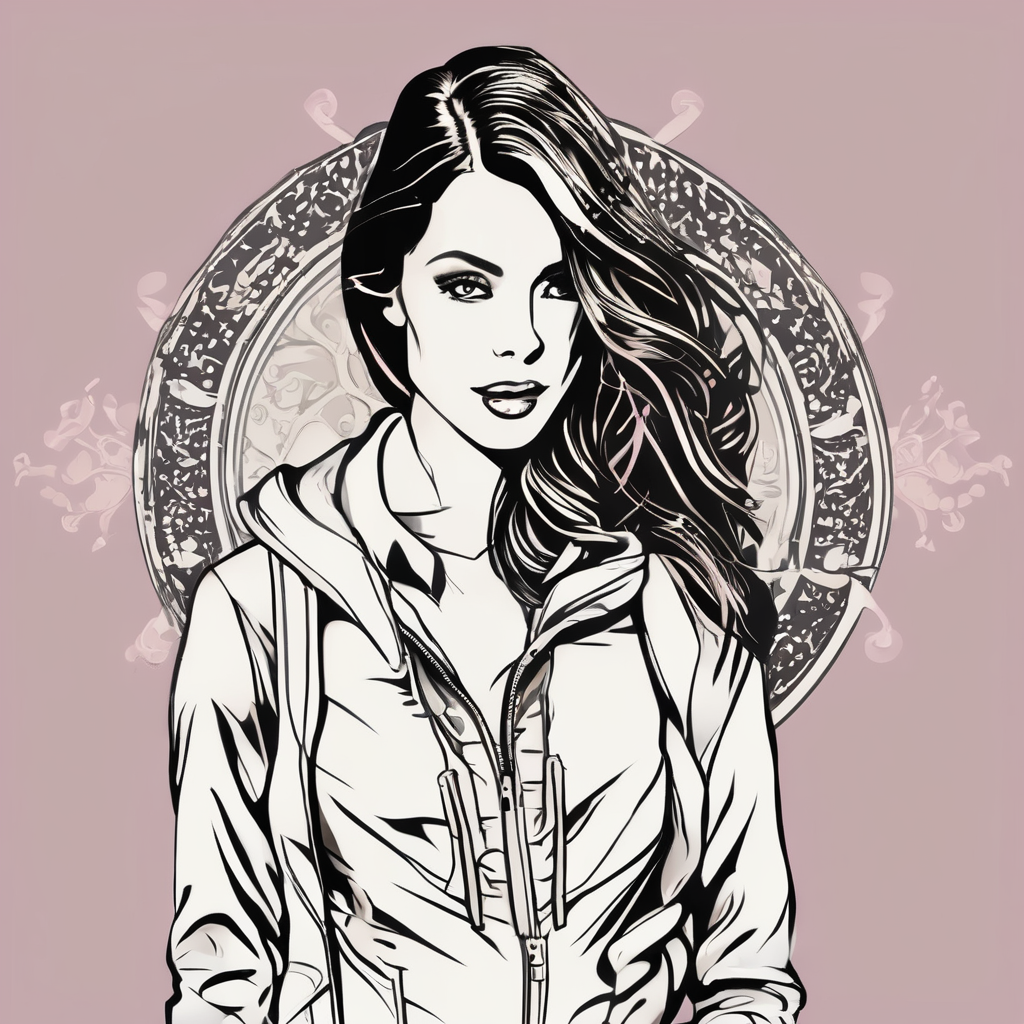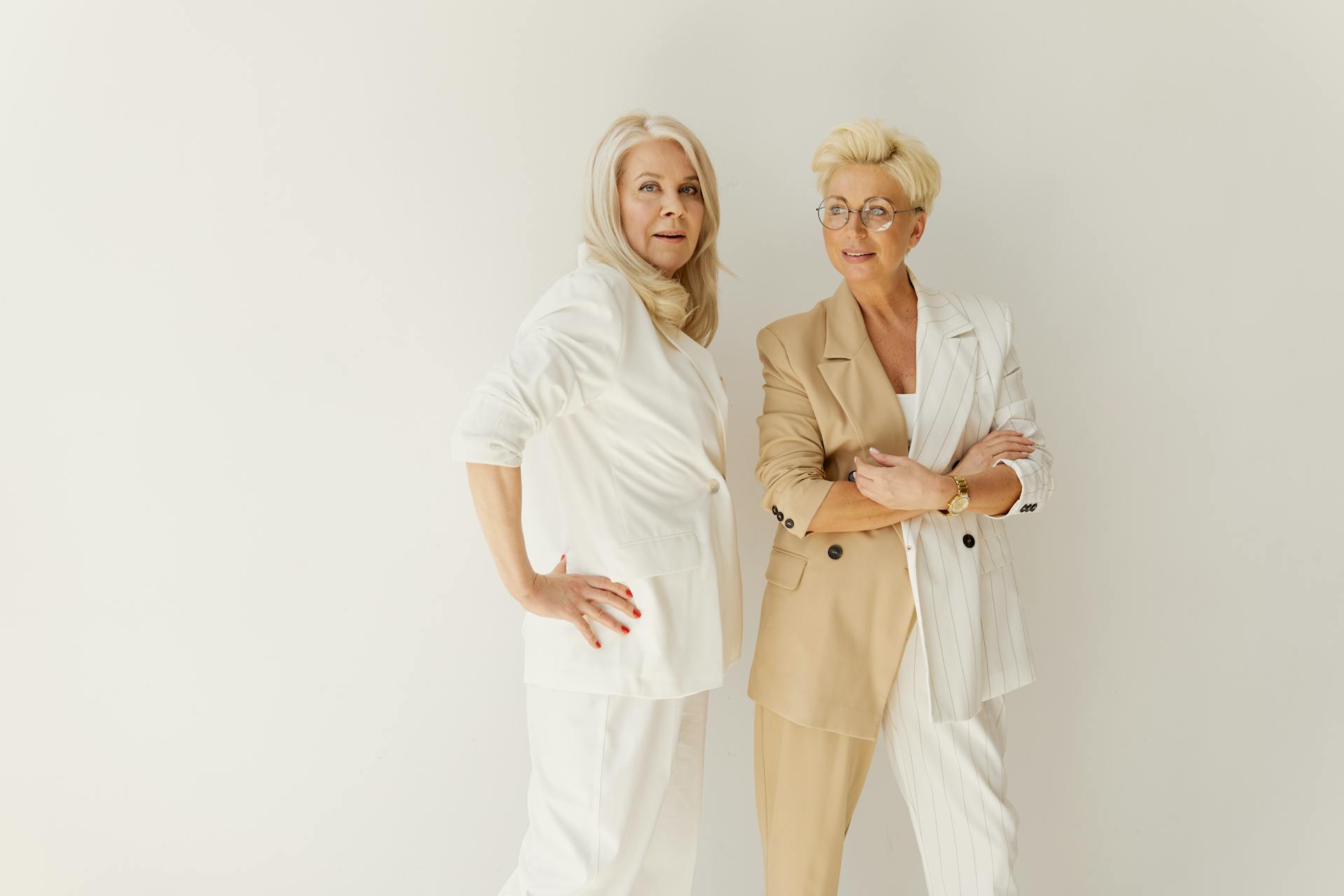In today’s fast-paced, professional world, the right attire can make a substantial difference in how you are perceived. Tailored trousers, in particular, can elevate your appearance, ensuring you look polished and confident. But choosing the perfect pair of tailored trousers is not as straightforward as it might seem. It requires a keen eye for detail, an understanding of fabric, and knowledge of fit and style. This article will guide you through the essential criteria to consider when selecting the perfect pair of tailored trousers for a professional setting.
Understanding Fit: The Foundation of Tailored Trousers
When it comes to tailored trousers, fit is paramount. A well-fitted pair can enhance your silhouette, while an ill-fitted one can mar your entire look. The aim is to find a pair that complements your body shape without compromising on comfort. Here’s what you need to know.
Also to discover : What Are the Best Fabrics for Allergy-Prone Skin in UK Winters?
First, consider the waist. The waistband should sit comfortably around your natural waistline without feeling too tight or loose. A snug fit that allows for some movement is ideal. Tailored trousers often come with adjustable waistbands or side tabs for a more precise fit.
Next, focus on the rise. The rise refers to the distance from the crotch seam to the top of the waistband. A medium rise is generally most flattering for a professional setting, offering a balance between comfort and style. Low-rise trousers can appear too casual, while high-rise options might seem overly formal or outdated.
Also to read : What Are the Best Techniques for Layering Different Textures in Winter?
The length of the trousers is another crucial aspect. The hem should gently touch the top of your shoes, creating a slight break. Avoid trousers that are too long, as they can bunch up and look sloppy. Conversely, trousers that are too short can make your legs appear stumpy.
Lastly, pay attention to the cut. The cut refers to the overall shape of the trousers. Slim-fit trousers are a popular choice for a modern, sleek look. They hug the body without being too tight. However, if you prefer more room, a straight or relaxed fit might be better suited to your taste.
Fabric Matters: Selecting the Right Material
The fabric of your tailored trousers plays a critical role in both comfort and appearance. Different materials offer varying levels of breathability, durability, and formality. Here’s a guide to help you make an informed decision.
Wool is a classic choice for professional attire. It’s durable, wrinkle-resistant, and offers excellent insulation, making it suitable for cooler months. Wool trousers have a refined texture, giving them a sophisticated look. Opt for high-quality wool blends that offer a touch of flexibility.
Cotton is another popular fabric, especially for warmer climates. Cotton trousers are breathable and comfortable, but they can wrinkle easily. Look for cotton blends that incorporate a small percentage of synthetic fibers to improve wrinkle resistance and durability.
For a more luxurious option, consider cashmere-blend trousers. Cashmere adds a softness and sheen that elevates the overall appearance of the trousers. However, cashmere can be more delicate, requiring extra care in maintenance.
Linen trousers are excellent for summer months due to their lightweight and breathable nature. However, linen wrinkles easily, so they may not be the best choice for a strict professional setting. If you opt for linen, choose a linen-cotton blend for a balance between comfort and formality.
Synthetic fabrics like polyester and rayon can offer durability and wrinkle resistance but may lack the natural feel of wool or cotton. These fabrics are often blended with natural fibers to improve their characteristics.
Style and Details: The Finishing Touches
While fit and fabric are critical, the style and details of your trousers add the final touch to your professional look. Here’s what to consider.
Pleats or no pleats? Pleated trousers offer more room in the thigh area, making them a comfortable choice for those with larger thighs. They also add a touch of classic elegance. Flat-front trousers, on the other hand, provide a streamlined, modern appearance and are generally more flattering for slimmer figures.
The pockets on your trousers are both functional and stylistic elements. Slanted side pockets offer easy access and a clean look, while back pockets with button closures add a formal touch. Be cautious with cargo pockets or overly large pockets, as they can detract from a professional appearance.
Cuffs or no cuffs? Cuffed trousers add weight to the bottom of the leg, helping the trousers hang better and creating a more finished look. However, they can shorten the appearance of your legs, so they are often better suited for taller individuals. Uncuffed trousers offer a cleaner, more streamlined look.
Consider the closure of the trousers as well. A classic hook and bar closure provides a clean, flat front, ideal for a professional setting. Some trousers may also feature a button closure or even a combination of the two.
Finally, color is an essential factor. Traditional colors like navy, charcoal, and black are versatile and appropriate for most professional environments. Lighter shades like beige and light grey can be suitable for less formal occasions or warmer seasons. Avoid overly bold or bright colors, as they can be distracting and less professional.
Tailoring: The Importance of Customization
Even the best off-the-rack trousers can benefit from some level of customization. Tailoring ensures that your trousers fit perfectly, enhancing your overall appearance and comfort. Here’s what you should know.
Start with the waist. If your trousers are too loose or too tight around the waist, a tailor can adjust the waistband for a perfect fit. This is a common alteration and can make a significant difference in comfort and appearance.
Next, consider the length. The hem of your trousers should create a slight break over your shoes. If they are too long, a tailor can shorten them to the ideal length. If they are too short, they can sometimes be let down, depending on the original hem allowance.
The seat and thighs of the trousers can also be tailored for a better fit. If the trousers are too tight or too loose in these areas, a tailor can adjust the seams to provide more room or take them in for a slimmer fit.
If your trousers have pleats, a tailor can help adjust them to lie flat and look neat. They can also add or remove pleats if you prefer a different style.
Finally, consider the cuffs. If you decide you want cuffs on your trousers, a tailor can add them for you. Conversely, if you prefer a cuffless look, they can be removed.
Choosing the perfect pair of tailored trousers for a professional setting is a blend of art and science. You need to consider fit, fabric, style, and tailoring to find a pair that not only looks good but also feels comfortable and appropriate for your professional environment. By paying attention to these details, you can ensure that your trousers enhance your overall appearance, projecting confidence and competence.
In summary, start by focusing on the fit, ensuring that your trousers sit well at the waist, have the right rise, length, and cut. Select a fabric that suits your needs, balancing comfort, durability, and formality. Pay attention to style details like pleats, pockets, cuffs, and closures to add the finishing touches. Finally, don’t underestimate the value of tailoring to achieve a perfect fit.
By following these guidelines, you can confidently choose a pair of tailored trousers that will serve you well in any professional setting.











